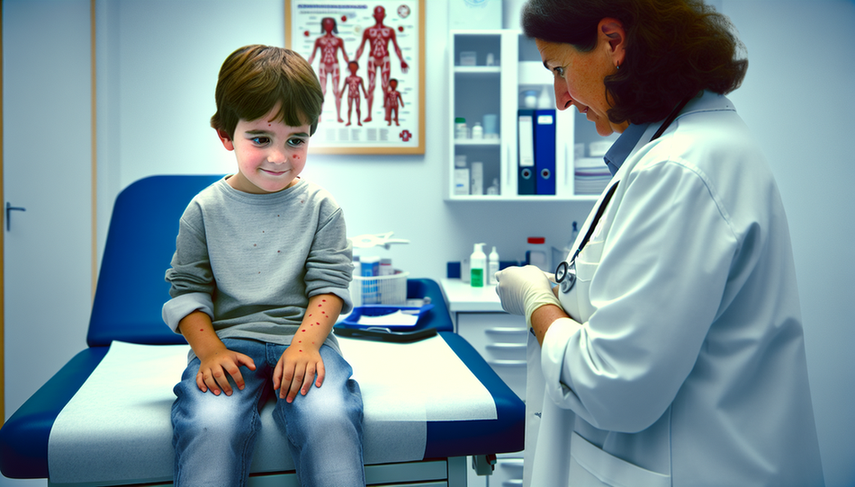Effective Chickenpox Treatment: Symptomatic Management, Acyclovir, and VZIG Immunoglobulin for Post-Exposure Prophylaxis

Chickenpox, caused by the varicella-zoster virus (VZV), is a commonly benign disease in children, but it can present severe complications in adults and immunocompromised individuals. Despite advances in diagnosis and treatment, chickenpox remains a significant clinical challenge. This article reviews symptomatic management, the use of antivirals such as acyclovir, and the application of VZIG immunoglobulin in the context of post-exposure prophylaxis.
Symptomatic Management and Antivirals
The management of chickenpox primarily focuses on alleviating symptoms and preventing complications. Skin care is essential to avoid secondary bacterial infections. Regular bathing and the use of soothing lotions are recommended. In severe cases or in high-risk patients, such as adults and immunocompromised individuals, treatment with acyclovir is crucial. This antiviral has proven effective in reducing the severity and duration of the disease, although its use should be carefully evaluated in each case.
In cases of viral encephalitis caused by VZV, management in intensive care units may be necessary. While intravenous acyclovir is the standard treatment, outcomes remain poor in many cases, highlighting the need for further studies to improve neurological outcomes.
Immunoglobulins and Post-Exposure Prophylaxis
VZIG immunoglobulin is a valuable tool in post-exposure prophylaxis, especially for susceptible individuals who have been in contact with the virus. The administration of VZIG can prevent or mitigate the disease in high-risk individuals, such as pregnant women, newborns, and immunocompromised patients. Active vaccination also plays a crucial role in preventing chickenpox, significantly reducing the incidence of the disease and its complications.
Conclusions
The treatment of chickenpox requires a multifaceted approach that includes symptomatic management, the use of antivirals like acyclovir, and the application of immunoglobulins in specific cases. Prevention through vaccination and post-exposure prophylaxis is essential to control the spread of the virus and protect vulnerable populations. As research advances, it is vital for healthcare professionals to stay updated on best practices for managing this disease.
Referencias
- [1] Primary varicella-zoster virus infection--current knowledge, diagnostic and therapeutic approaches.
- [2] Intensive care management of patients with viral encephalitis.
Created 6/1/2025
